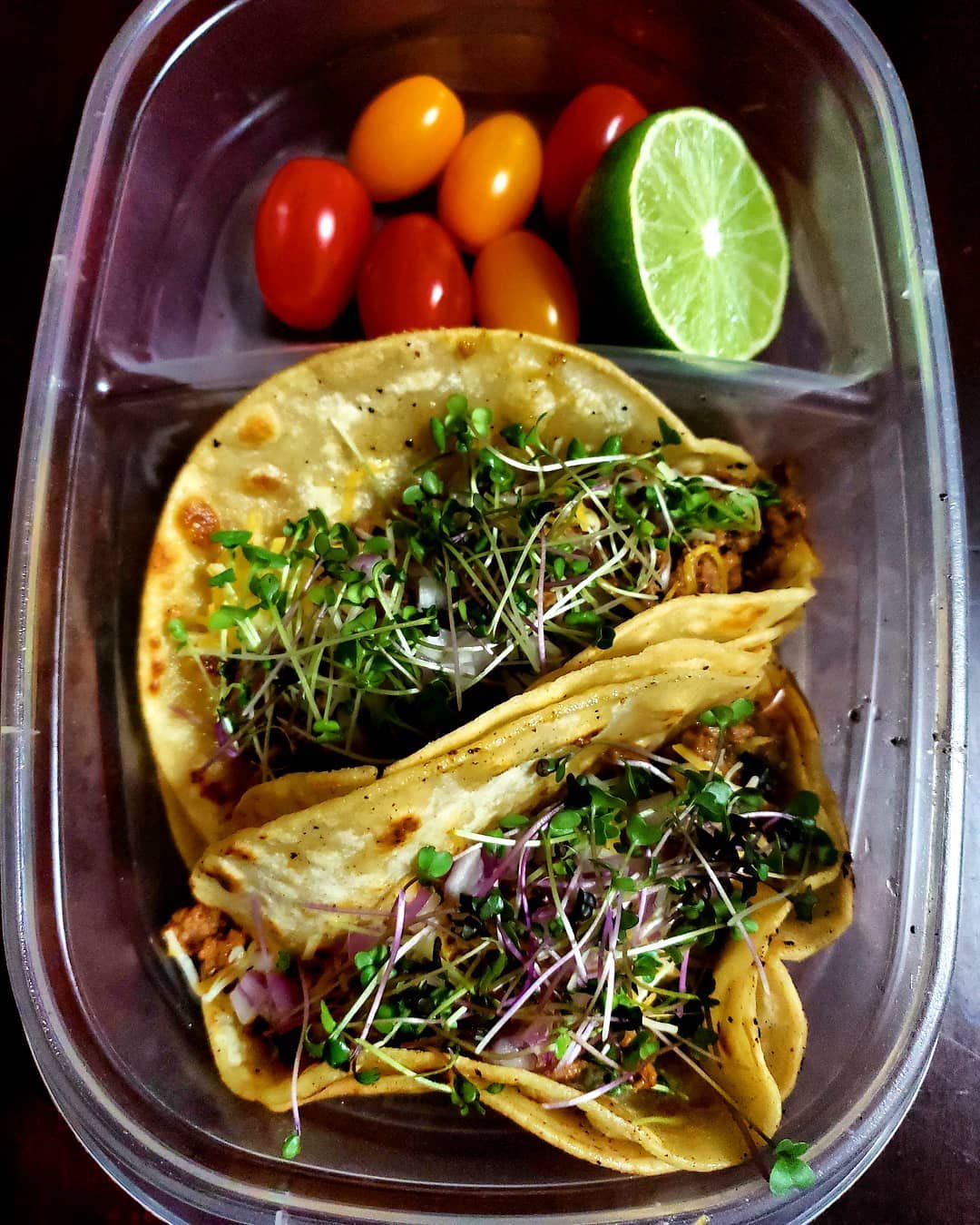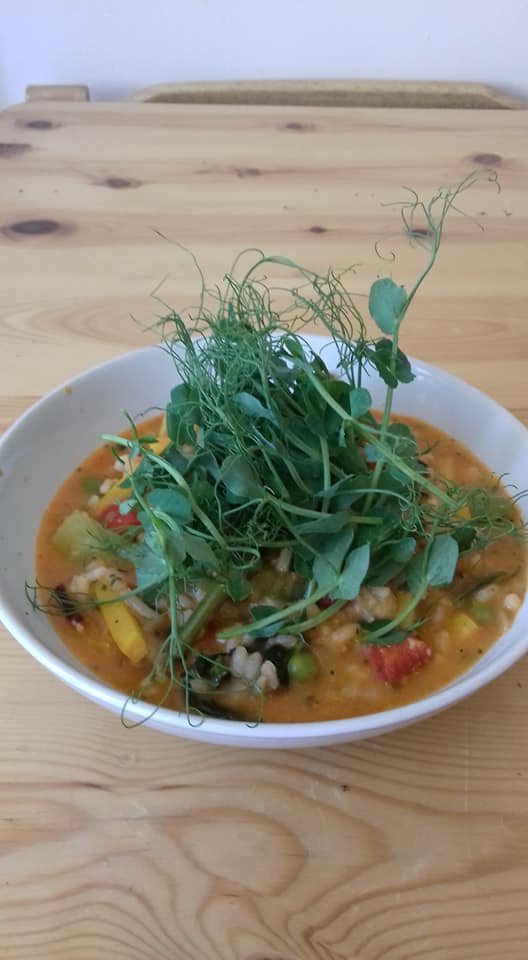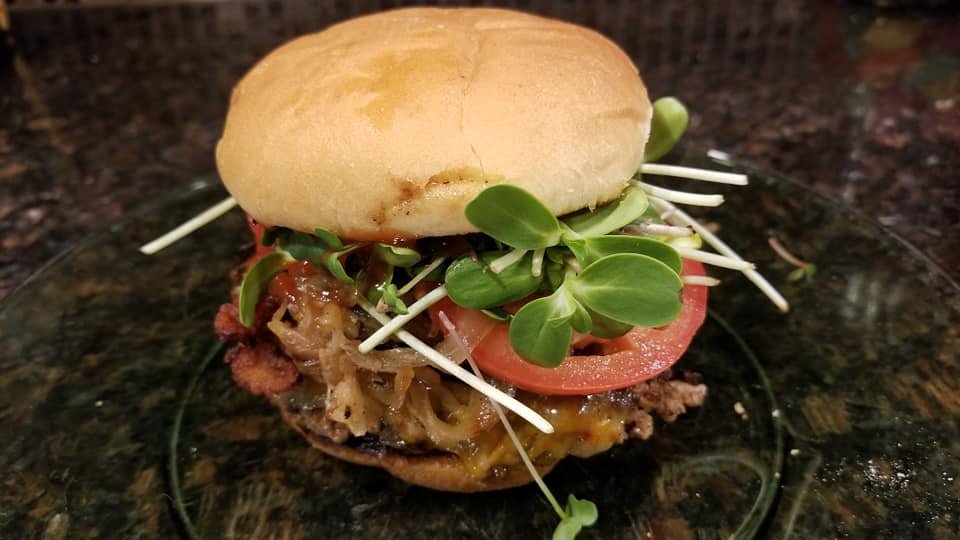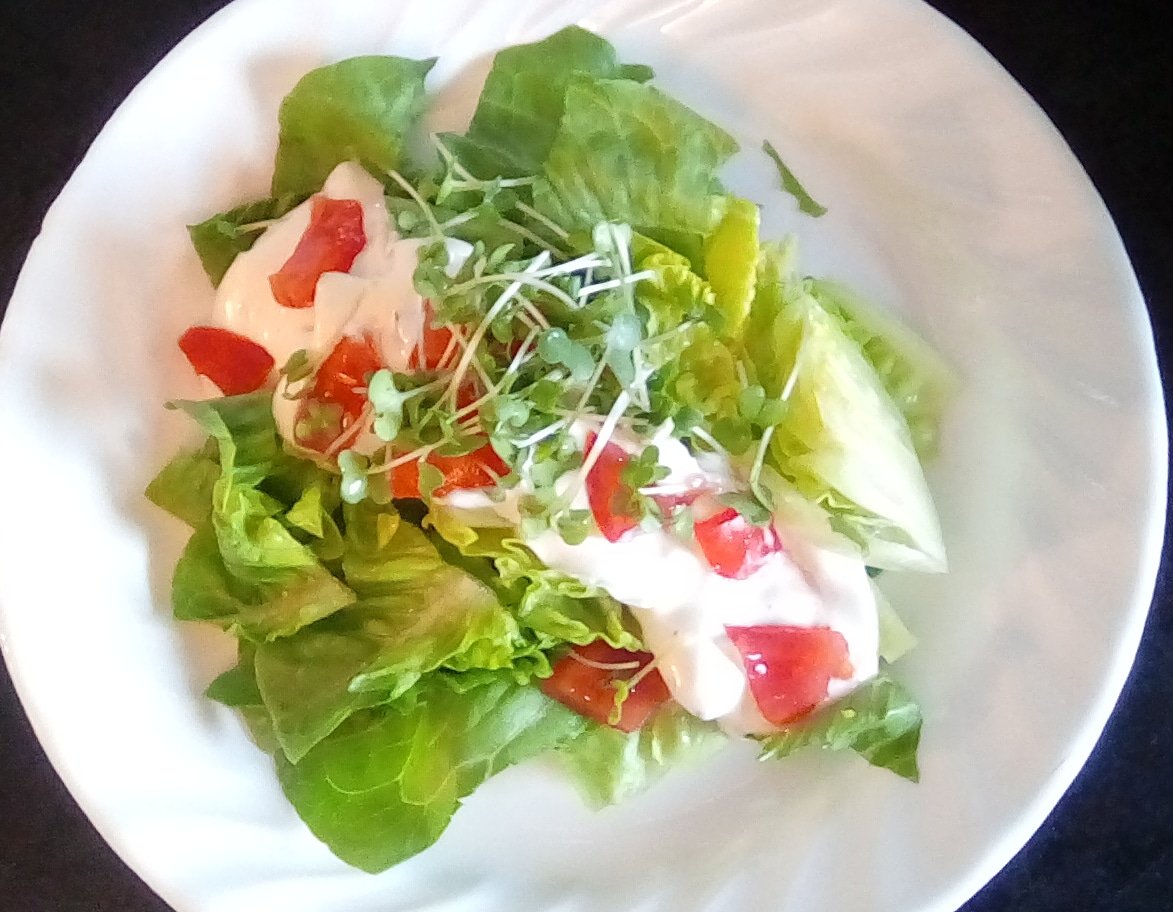What are Microgreens?
Originally published February 20, 2023
Microgreens are basically baby plants. Typically they are grown very densely in soil for about 1-3 weeks until they have developed their cotyledon or “seed” leaves and sometimes one set of true leaves. They are different from sprouts which are merely soaked and allowed to germinate and grow only for a few short days and are not allowed to develop and green leaf. Sprouts are typically eaten seed, root and all, whereas mcirogreens are harvested by cutting the stem and leaves off about the soil, leaving the roots and seeds behind.
When you eat microgreens you are providing your body with a power-packed dose of nutrients more concentrated than those which are found in the mature plants. Due to their high antioxidant content and high levels of vitamins, minerals, carotenoids and fiber, microgreens are considered to be a functional food which promotes good health and helps prevent disease. In a recent study, 25 different species of microgreens were analyzed and it was proven that in some cases you can find from 4 up to 40 times more vitamins in the microgreen leaves than in their mature counterparts. These recently germinated seeds have all the nutrients that the small plants need to grow bigger, so you could say that microgreens actually are little nutrient explosions.
How do you eat microgreens?
Easy.... any way you want! They are amazing mixed into any salad, added to any sandwich, bagel, pizza, etc. They are wonderful sprinkled onto soups, stews, curries and they make a beautiful and nutritious garnish on so many dishes, giving them a “chef's touch.” Many people love to add microgreens to their smoothies for an added nutrient punch and they are a tremendous addition to any fresh juicing routine. They are great on their own too. And, although they retain more raw green power when eaten live, microgreens can be lightly sauteed as well and can also be dried to be used as a super-food green powder, which can be added to anything.






